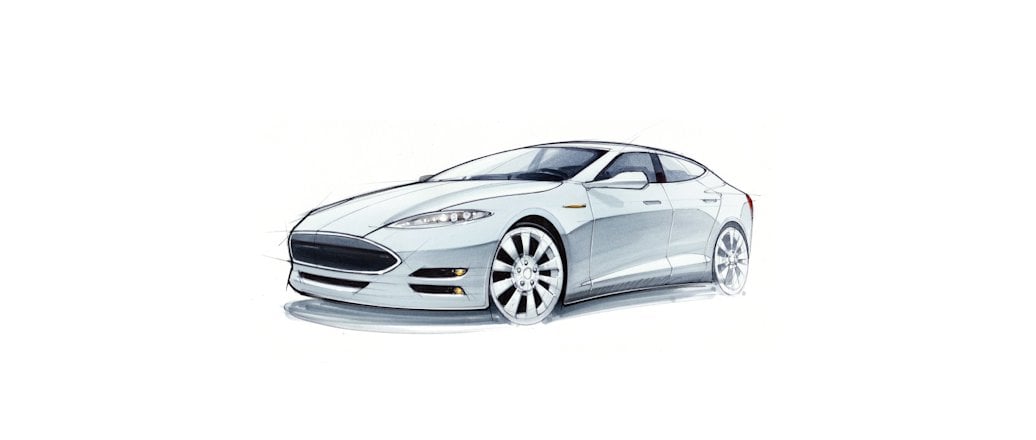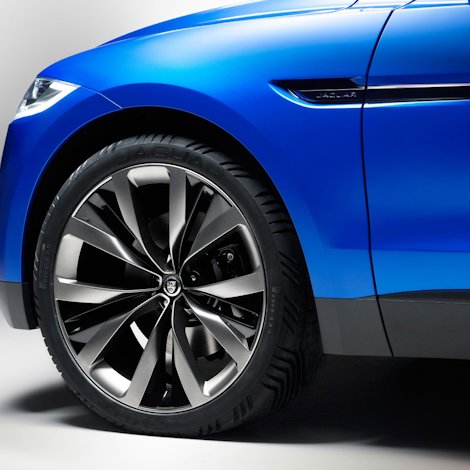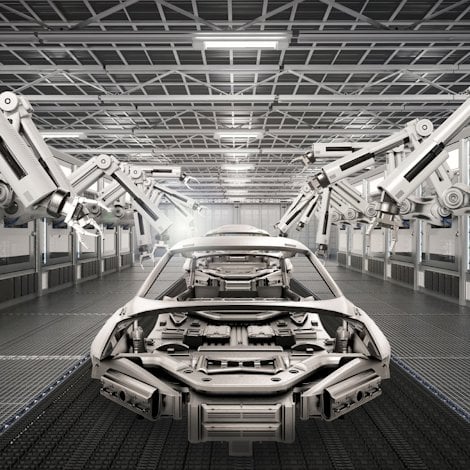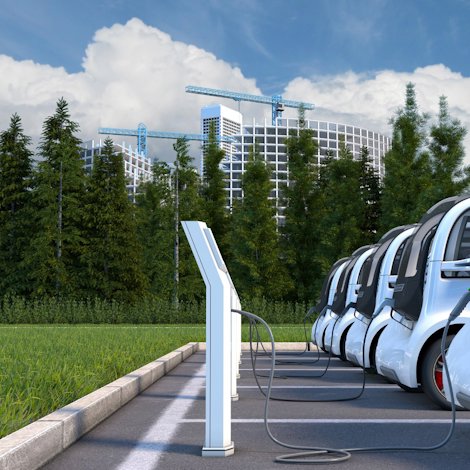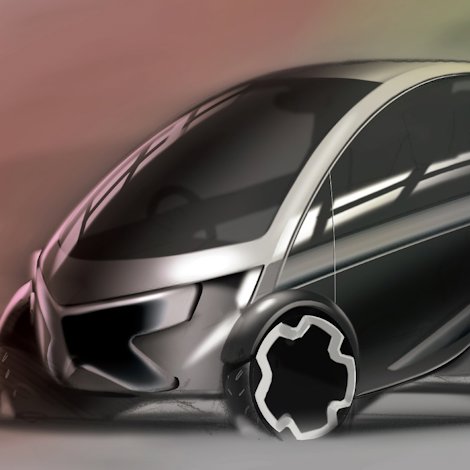Three things to know about aluminium in cars
From rugged gasoline-driven trucks to sporty plug-in sedans, aluminium is becoming the hot metal in the automotive industry. It is common knowledge that aluminium is a light metal. But lighter cars can also be safer cars, and safety is the most important factor in the design and customer choice of a vehicle.
When developing the car body structure, one must find a suitable compromise between stiffness, crash performance and further body requirements. Here are three things you should know about why aluminium, when used in the right place in the right way, helps OEMs build both lighter and safer cars.
Energy absorption
Aluminum has more bending density than steel. It is this malleability that provides the metal with better crumple zone reaction. It also has one-third the density of steel. The U.S. Aluminum Association states that, pound for pound, the light metal absorbs twice the crash energy of steel and performs as well in an accident. This is a significant benefit. A lighter vehicle also provides advantages in stopping distance, handling and performance. Lighter cars are easier to maneuver and correct, so when the unforeseen occurs, crashes can be avoided.
Al Is not Al
Aluminium is not just aluminium. It comes in many different shapes and grades. By adjusting physical characteristics of the metal, suppliers can offer carmakers the ability to choose aluminium alloys that are optimized for the solution required, the application and its function. These automotive alloys are defined in strength classes like C20, C24, C28 – and soon also a C32 alloy. The most commonly used alloys in car manufacturing are in the 6000-series family, and to some extent 7000-series alloys.
Optimizing the metal
Designing for aluminium is key. Car manufacturers need to learn how to optimize the material with the shape. This can be done with computer simulation. You can test and test, but if you use a computer simulation, you can put it on in the afternoon when you go home from work, and find it ready when you come back the next morning. By understanding how to optimize the material for the shape, you reduce the costs, avoid poor performance and ensure greater safety performance.

